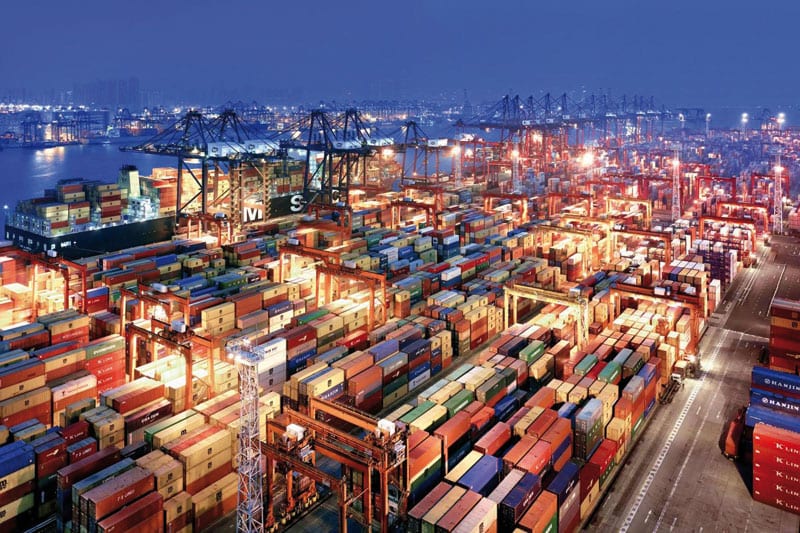
Hong Kong and Shenzhen are key points on China’s planned “Maritime Silk Road”, and the emergence of east and south axes in the Pearl River Delta bay area will help to realize Beijing’s bigger strategy.
However, the existing transport infrastructure, based on the “stores in front and factories behind” model, is no longer sufficient for the deepening interaction among cities in the region.
In recent years, both Hong Kong and Shenzhen have planned new metropolitan areas in the western Pearl River Delta.
For example, the focus of development in Shenzhen has shifted from its commercial hub in Lo Wu and administration and finance centre in Futian to Qianhai and Houhai, while the financial and technology industries are also moving to the bay area.
The western part of the city is now turning into a new central business district.
Meanwhile, the future development of Hong Kong will center around Lantau Island, which will become a new centre for retail, business, tourism and exhibitions.
Also, the soaring number of passengers commuting between Hong Kong and Shenzhen requires a review of the existing transport system, which focuses on moving goods rather than people.
The “one-hour living zone” — where home, office, shopping and leisure venues are within an hour’s traveling time of one another — has increased cross-border living and consumption among residents of both cities.
Leisure travel and visits to families and friends have increased rapidly in recent years.
Shenzhen Bay Port was designed for daily traffic of 50,000 vehicles and 60,000 passengers.
However, vehicle traffic is around 10,000 a day at present, while passenger traffic has already surged to 160,000.
Emerging cross-border e-commerce will push both cities toward a three-level transport system, which includes a national high-speed railway, regional intercity rail and connecting subway systems.
First, the authorities should push and further improve the high-speed railway network between Hong Kong and Guangdong.
Rail transport is fast, convenient and green.
China’s nationwide high-speed railway network is in the midst of developing a link between Shenzhen and Hong Kong.
The Guangzhou-Shenzhen-Hong Kong high-speed railway will shorten the travel time from Hong Kong to Guangzhou to 48 minutes.
The high-speed railway link will bring Hong Kong into China’s ambitious nationwide high-speed railway network.
It will become a key route for Hong Kong to connect with the mainland, as well as connect with the intercity railway network in the Pearl River Delta region.
In addition, as Shenzhen gradually becomes one of China’s key high-speed transport hubs, Hong Kong will also benefit from the six main high-speed railway lines connecting Shenzhen with other parts of the country.
The six lines will be the Shanghai-Shenzhen coastal high-speed railway, the Ganzhou-Shenzhen high-speed railway, the Beijing-Guangzhou-Hong Kong high-speed railway, the Guangzhou-Guiyang-Chongqing high-speed railway, the Guangzhou-Nanning-Kunming high-speed railway and the coastal high-speed railway in western Guangdong.
Also, both cities should strive to create an integrated intercity railway link, which would enhance goods and passenger transport in the region.
Lantau Island will be a gateway and new metropolitan area for Hong Kong after land reclamation and construction of the Hong Kong-Zhuhai-Macau bridge.
The area will become the city’s third major business area, as well as a key hub connecting Hong Kong with Shenzhen.
Hong Kong should also improve the connection of its metro system with that of Shenzhen.
The MTR Lok Ma Chau Station already connects with Line 4 of Shenzhen’s metro system, and the MTR Lo Wu Station connects with Line 1 of Shenzhen.

